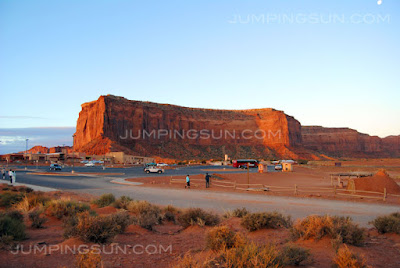
What We Want to Do: Aerial Footage Capture
This summer (2013) we will capture B-roll shots including aerial footage of the Navajo Nation reservation landscape using the Parrot AR.Drone 2.0. The Great Southwest offers surreal landforms, vivid colors, and complex textures. We hope to offer our audience a diversity of beautiful, sweeping shots of the southwest region.
Please enjoy our video previews i.e. behind the scenes, etc. Don't forget this whole film production is done using mobile technology; all footage captured using the iPhone 4. With the advent of quality mobile technology hardware, the average user can now share creative film and still photo projects.
Risks and challenges
We started this project as an idea. This idea turned into more research and the start of a historical novel. Then my brother, Robert, who is in the New Mexico film industry said, "Hey I think you have a great short film on your hands. Let's make a film."
The novel quickly transformed into a screenplay and with the support of our production crew (ALL VOLUNTEERS!) we did capture truly amazing film footage. Our friends and families believe in this project and we hope to offer our youth the opportunity to see a true American Indian perspective, a perspective from our oral stories that they hear from their bedside, at the dining table, and at family reunions.
If we do not get funded we simply will use ground level B-roll shots.















































